Optimal Timing for Fire Restorations
Understanding the optimal timing for fire restorations is essential for effective recovery and safety. The best time to perform fire restorations depends on various factors including weather conditions, fire seasonality, and property readiness. Typically, late spring and early fall are considered ideal periods due to moderate weather, which facilitates thorough cleanup and restoration processes.
Restoration efforts are most effective when conducted during seasons with stable weather, reducing delays caused by rain or extreme temperatures.
Dry, mild days are preferred for fire restoration projects to ensure safety and efficiency during cleanup and repairs.
Planning restorations outside peak fire seasons can minimize disruptions and allow for comprehensive damage assessment.
Accessibility of the property during certain times of the year can influence the scheduling of restoration activities.

Initial evaluation of fire damage to determine scope of restoration.

Removing debris and soot to prepare for repairs.

Restoring the integrity of the building framework.

Techniques used to eliminate lingering smoke smells.
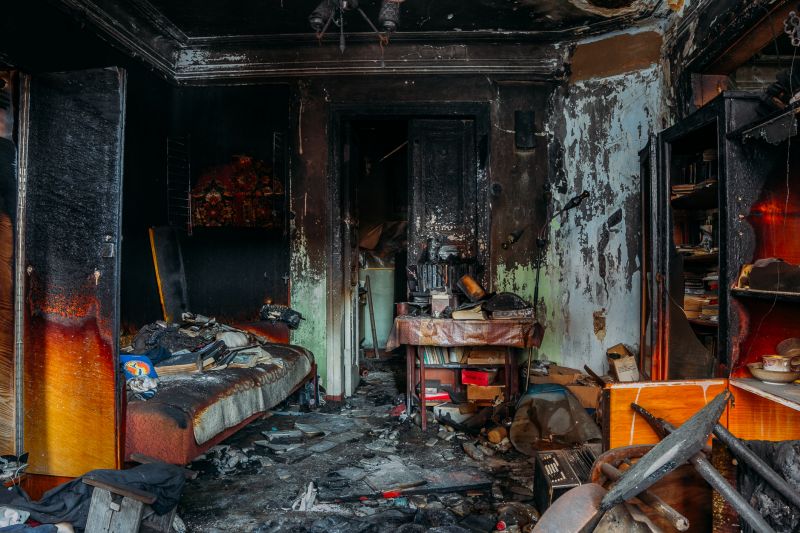
Restoring personal belongings affected by fire.
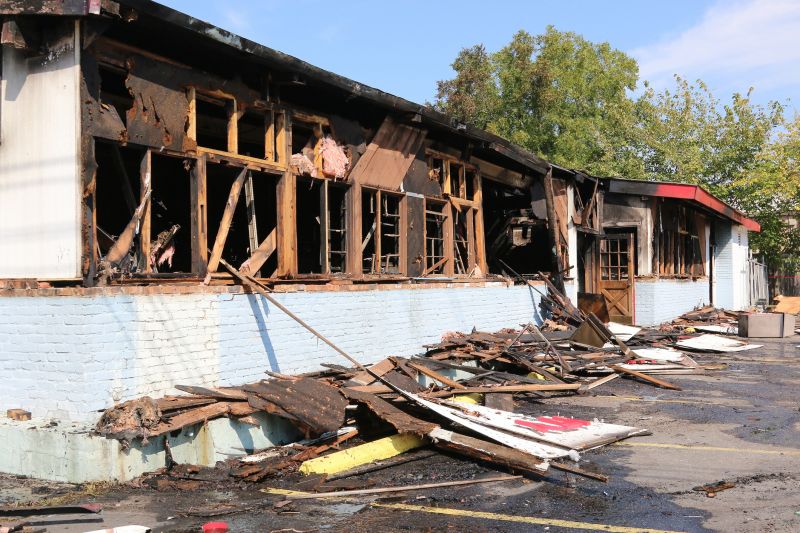
Ensuring all repairs meet safety and quality standards.
| Factor | Influence on Timing |
|---|---|
| Weather Conditions | Mild and dry weather facilitates safer and more efficient restoration. |
| Fire Seasonality | Performing restorations outside peak fire seasons reduces risk and scheduling conflicts. |
| Property Accessibility | Accessible properties allow for quicker and more comprehensive work. |
| Insurance Processing | Insurance claim timelines can influence project start dates. |
| Contractor Availability | Scheduling depends on contractor workload and availability. |
| Environmental Regulations | Compliance requirements may affect timing. |
| Community Preparedness | Community events or restrictions can impact scheduling. |
| Resource Availability | Access to necessary materials and equipment influences project timelines. |
Fire restorations involve a complex process of damage assessment, debris removal, structural repairs, and odor elimination. The goal is to restore the property to a safe and habitable condition while addressing all affected components. Statistics indicate that timely restoration can significantly reduce long-term damage costs and improve safety outcomes. Proper planning and scheduling are crucial to ensure that restoration efforts are effective and completed efficiently.
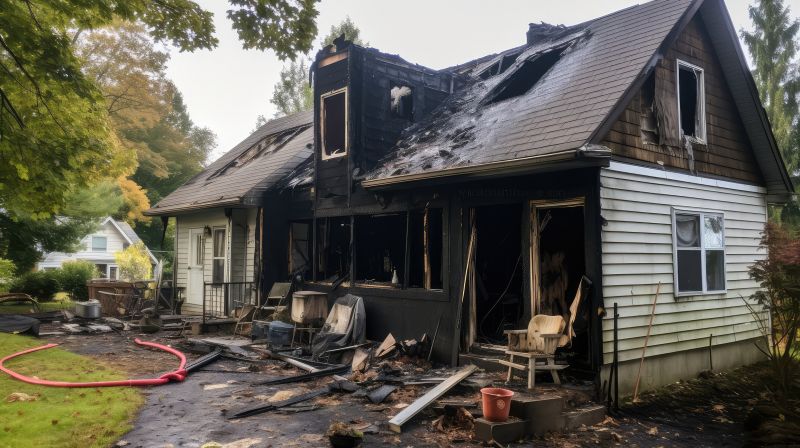
Assessing the extent of damage for a comprehensive restoration plan.
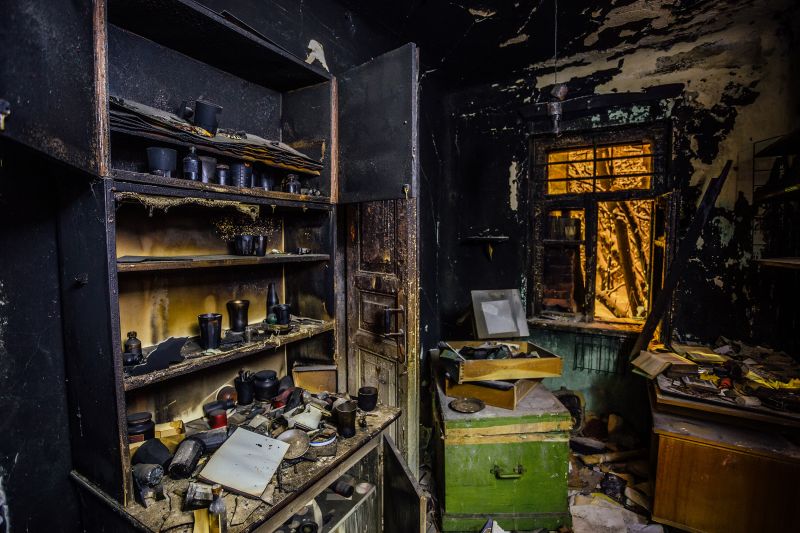
Removing soot residues and odors from affected surfaces.
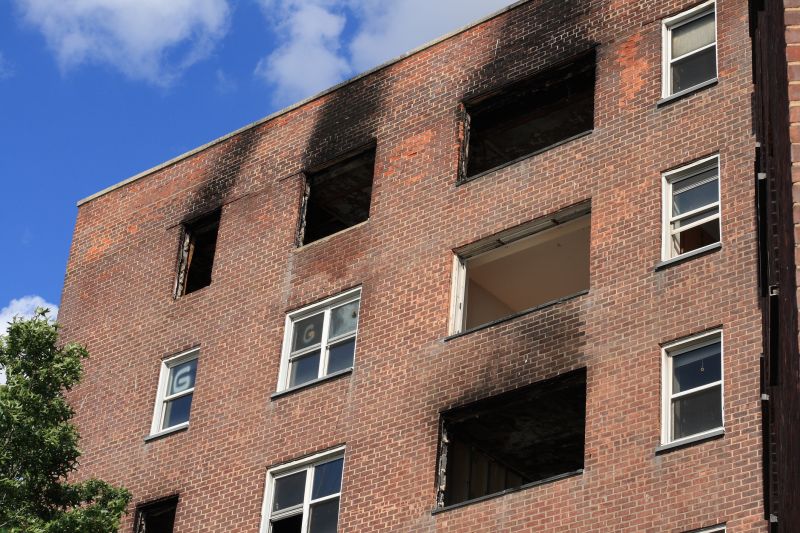
Restoring the structural integrity of the building.

Specialized methods for salvaging personal belongings.
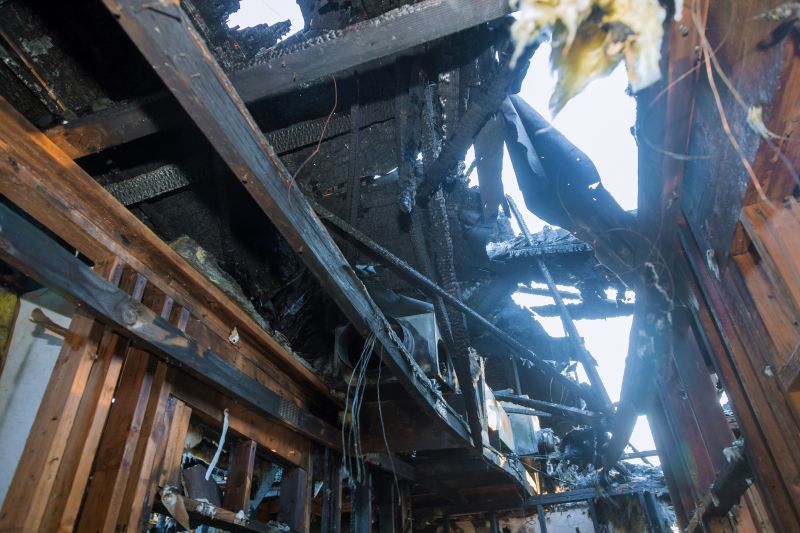
Ways to make Fire Restorations work in tight or awkward layouts.

Popular materials for Fire Restorations and why they hold up over time.
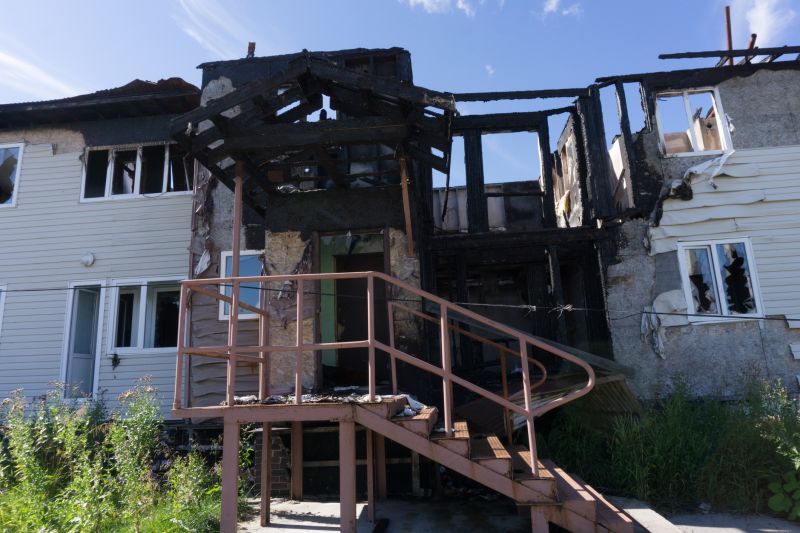
Simple add-ons that improve Fire Restorations without blowing the budget.
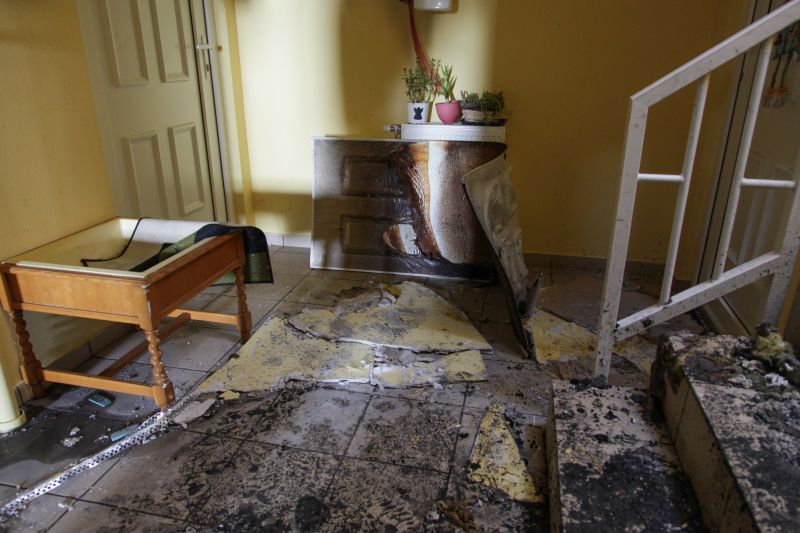
High-end options that actually feel worth it for Fire Restorations.
Interested property owners in Winston Salem, NC, can contact for detailed fire restoration assessments and planning. Proper timing and professional execution are key to effective recovery from fire damage. Filling out the contact form can initiate a consultation to discuss specific needs and scheduling options for fire restorations.
